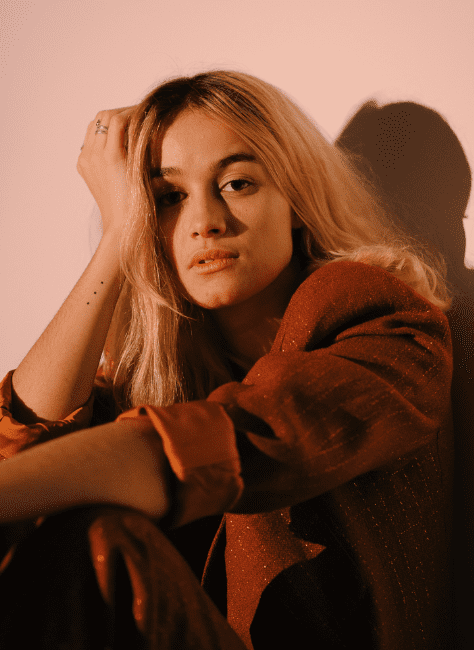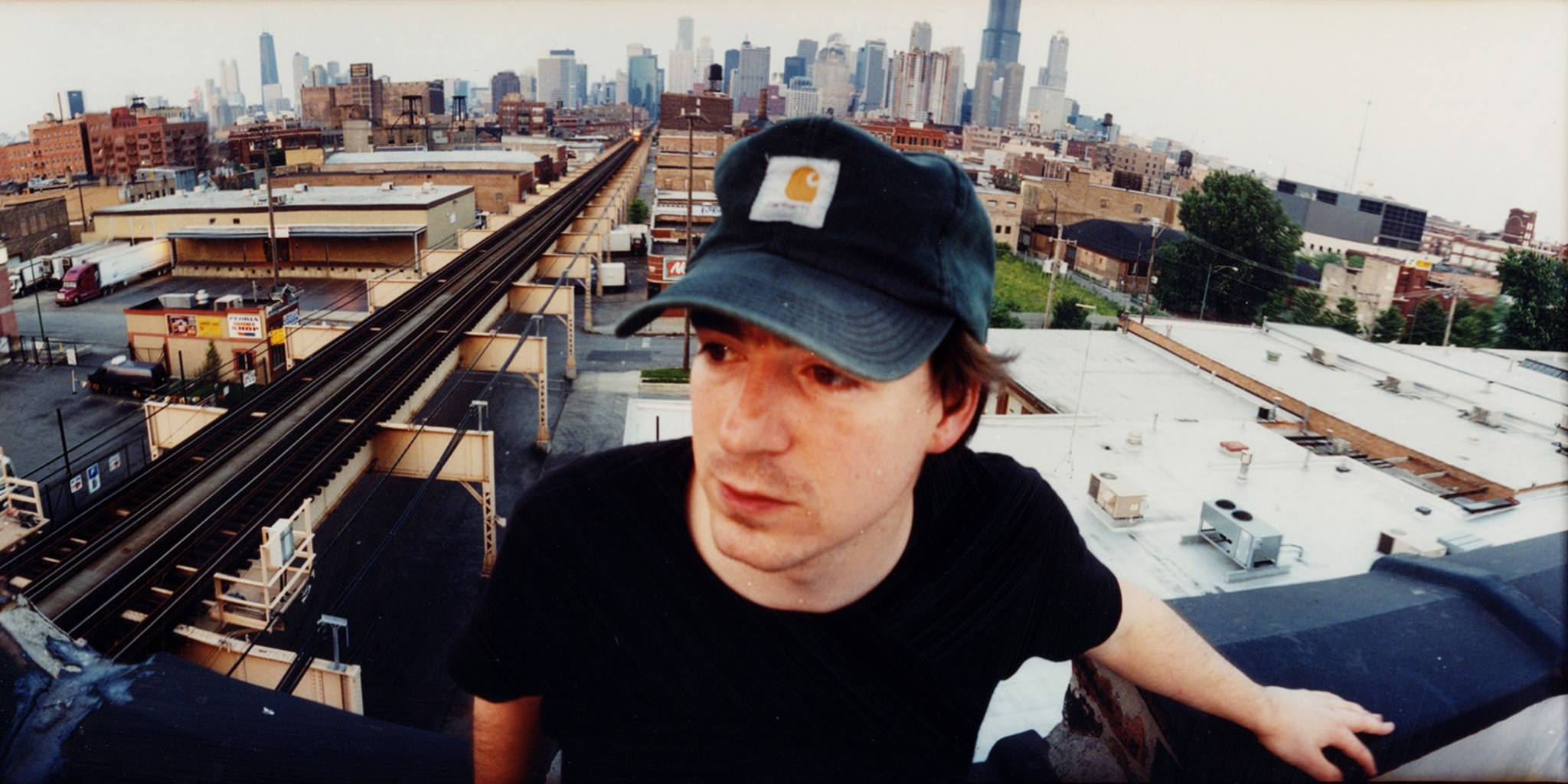ONLY NOISE: Seven Songs That Help Me Navigate Depression and Anxiety


ONLY NOISE explores music fandom with poignant personal essays that examine the ways we’re shaped by our chosen soundtrack. This week, Lauren Rearick compiles a playlist of songs she’s leaned on to cope with mental illness.
Nearly eight years ago, I was diagnosed with depression and anxiety. I had long suspected that my lifetime of continual worries and lingering sadness had been something more, and although receiving confirmation made me feel validated, it also made me feel afraid and alone.
The stigma surrounding mental illness continues to lessen, but there are still times when it can seem as if you’re the only one in the world going through it. It’s hard to explain to others why you constantly worry, or fear something as simple as driving to a new destination, when you don’t even understand the reasoning behind your own emotions. Additionally, it feels like mental illness is some secret that, once shared, will forever impact your relationships – it becomes this hidden extension of you.
I continue to work towards getting better, and while I have found methods of treatment that work for me, I’ve also found coping mechanisms. Along with watching endless amounts of uplifting cartoons (Sailor Moon and Adventure Time are my go-tos) I’ve turned to music, and those feelings and fears that I once thought were unique to me have revealed themselves through others’ songs. From my fear of being alone to a promise that even the most broken pieces will eventually fit together into something beautiful, here are the seven songs that helped me navigate relationships and life while contending with depression and anxiety.
“Your Dog” – Soccer Mommy
I used to believe that having a mental illness made me unable to have normal relationships. As it turns out, I was waiting for someone who practiced understanding. “Your Dog,” from Soccer Mommy’s 2018 LP Clean, is a note to demand your worth, and to accept nothing less than kindness from others. There’s a furious beauty to the song, a message of empowerment that seems so soft when presented, but is made to land with an impression. In particular, the line, “I don’t wanna be your fucking dog/That you drag around/A collar on my neck tied to a pole/Leave me in the freezing cold,” struck an immediate chord with me, reminding me that one should never be forgotten, even on their darkest days.
“#23” – IAN SWEET
The entirety of IAN SWEET’s Shapeshifter album is an ode to anxiety, with the release detailing vocalist Jillian Medford’s struggles with mental illness. While I’ve found myself connecting with the whole album, “#23” openly talks of isolation, and as it continues, Medford expresses a desire to change, but an inability to make it happen. I have so often been there; wishing I could make my emotions just disappear. When I’m feeling totally alone, I know I have others I could call upon, but sometimes just listening to this track is enough – it reminds me that someone else potentially feels the same.
“Everybody Does” – Julien Baker
The intimacy of Julien Baker’s music has connected with numerous fans, including myself. In my initial experience with depression, I had a constant fear that I would be left alone. Even without depression, I think we all have a fear that we could potentially lose a friendship or a relationship, and on “Everybody Does,” — a single which appears on Baker’s 2015 debut album — the singer appeals to that worry. The song isn’t meant to encourage; rather, it reminded me that I’m not the only one fearful of being alone, and knowing that is comforting. In particular, the line: “I know myself better than anybody else / And you’re gonna run / You’re gonna run when you find out who I am” really resonates with me, but as Baker explained in an interview with Stereogum, she’s come to realize “it’s a fallacy to believe everyone will run when you tell them who you really are.”
“TV Dreams” – Katie Ellen
Even with continuing work, medication, and treatment, I still have bad days. And for those moments when I need a reminder that it’s okay not to be okay, I listen to “TV Dreams.” This track was one of the first songs released by Katie Ellen — the project of Anika Pyle and Dan Frelly, born from the ashes of their former band, Chumped — and later appeared on the band’s 2017 debut Cowgirl Blues. It incorporates both soft and harsh moments, with confessional proclamations to be there for someone, even if that someone has since moved on. “TV Dreams” reminds me that sometimes things won’t work out, and I may never understand my every feeling, but the ensuing confusion is something others experience, too.
“Let Down” – Radiohead
There’s no telling when I’ll have good or bad days, and when I’m at my lowest, “Let Down,” from Radiohead’s critically lauded Ok Computer, has provided a small glimmer of hope that things will change. This line: “Don’t get sentimental, it always ends up drivel/One day, I am gonna grow wings,” has etched itself into my memory and heart. There’s something truly comforting in feeling as if one day, I’ll have the ability to move on from where I am now.
“Reality TV” – Remember Sports
Hidden beneath the chaotic drumming and fast guitars of this single from 2015’s All Of Something is a message of just needing someone to rely on. The line “Take my mind off the empty space in this heart of mine / and I’ll take your mind off the empty space in your bed tonight,” has always resonated with me, helping me to realize I was relying on the wrong person to get me through a tough time. “Reality TV” is a musical reminder that no one has it all figured out – sometimes we’re just passing through.
“Bus Ticket” – Cayetana
The music of Cayetana has always been particularly therapeutic for me, and this proves especially true on “Bus Ticket,” a song that explores adjusting to a new medication and finding yourself again. This track, featured on the group’s sophomore release New Kind of Normal, has a quiet rage, and it instills in me a sense of pride, pushing me forward when I’m at my lowest. From reflections on strength inspired by others to the desire to finally get some serious “shit off my chest,” I think this is the track that finally reminded me that feelings things more than others or being afraid of something simple doesn’t make me any less of a person.



 Even when her depression was at its worst, Mogli says she never doubted her path. “I am a very gut-feely person. I didn’t stop trusting myself. I just knew that I had to give myself time,” she says. In opening up about that process, she’s given her listeners the courage to open up about their deepest hurts as well. “I feel like my music is a way of connecting people, because whenever I have a concert and there are thousands of people in that room, and they’re all crying and they’re all listening to me making myself vulnerable and singing about being scared, suddenly, no one is scared anymore. We are all together.”
Even when her depression was at its worst, Mogli says she never doubted her path. “I am a very gut-feely person. I didn’t stop trusting myself. I just knew that I had to give myself time,” she says. In opening up about that process, she’s given her listeners the courage to open up about their deepest hurts as well. “I feel like my music is a way of connecting people, because whenever I have a concert and there are thousands of people in that room, and they’re all crying and they’re all listening to me making myself vulnerable and singing about being scared, suddenly, no one is scared anymore. We are all together.”






